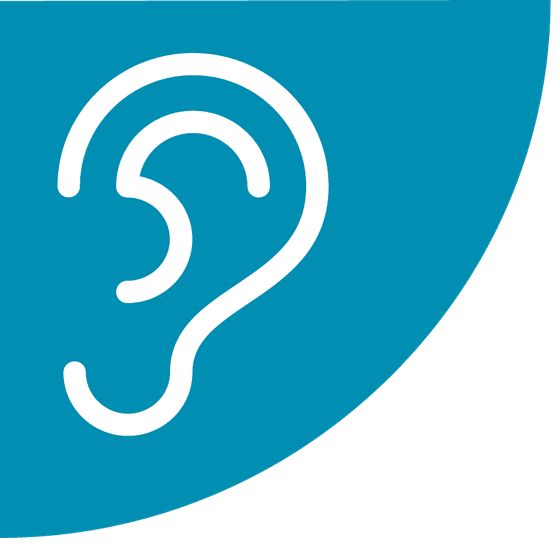Study: Many Healthcare, Social Assistance Workers at Risk of Hearing Loss
A new paper published by NIOSH researchers highlights the prevalence of hearing loss among healthcare and social assistance workers. The study is part of the agency’s Occupational Hearing Loss Surveillance Project, which has used audiograms from more than 1.4 million noise-exposed workers to report the prevalence, incidence, and adjusted risk of hearing loss among noise-exposed workers across industries. According to the new research, the healthcare and social assistance sector “demonstrated a prevalence of hearing loss that was inconsistent with known or perceived noise exposures.”
NIOSH states that 18 percent of noise-exposed workers within the healthcare and social assistance sector experienced hearing loss—a number similar to the overall prevalence of hearing loss among noise-exposed workers in other industries. However, only 13 percent of workers in healthcare and social assistance reported exposures to hazardous noise, which is the lowest of all industries.
The healthcare and social assistance sector provides services ranging from medical care to social assistance, with some facilities providing a combination of the two. NIOSH researchers identified five subsectors of the healthcare and social assistance industry that had “significantly greater risks of developing hearing loss,” including child day care services; community food and housing, and emergency and other relief services; offices of physicians; offices of other health practitioners; and medical and diagnostic laboratories.
The NIOSH paper suggests that potential causes of hearing loss within the healthcare and social assistance sector include workers not wearing hearing protection when exposed to noise and exposure to chemicals that can damage hearing. According to the authors, antineoplastic or cancer-fighting drugs can have ototoxic effects for nurses and pharmacy workers. Background noise levels in healthcare and social assistance settings may also contribute to the development of hearing loss.
“One older study found that background noise levels in [medical and diagnostic laboratories] ranged from 60 to 75 dBA, generated by equipment such as analyzers, fume hoods, incubators, stirrer motors, refrigerators, and fans,” the NIOSH paper reads. “This level of background noise can lead workers to speak louder and increase the volume of phones, radios, and personal listening devices to potentially unsafe levels.”
The NIOSH paper highlights the need to identify and characterize noise sources and sources of ototoxic chemical exposures in these settings. The authors note that the documented lower levels of noise exposure in healthcare and social assistances are based on old estimates in limited situations.
“[These estimates] likely do not accurately capture the true levels of noise exposure in current environments with modern equipment,” the paper concludes.
“Hearing Loss Among Health Care and Social Assistance Workers: A NIOSH Study” was published in the January 2019 issue of
The Hearing Journal
. The full text of the article is available on the journal's website
.
NEWSWATCH
NOISE


